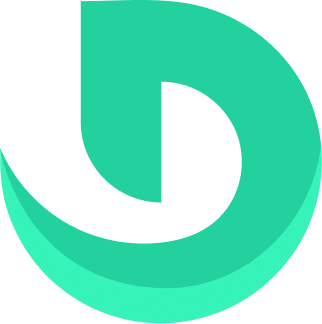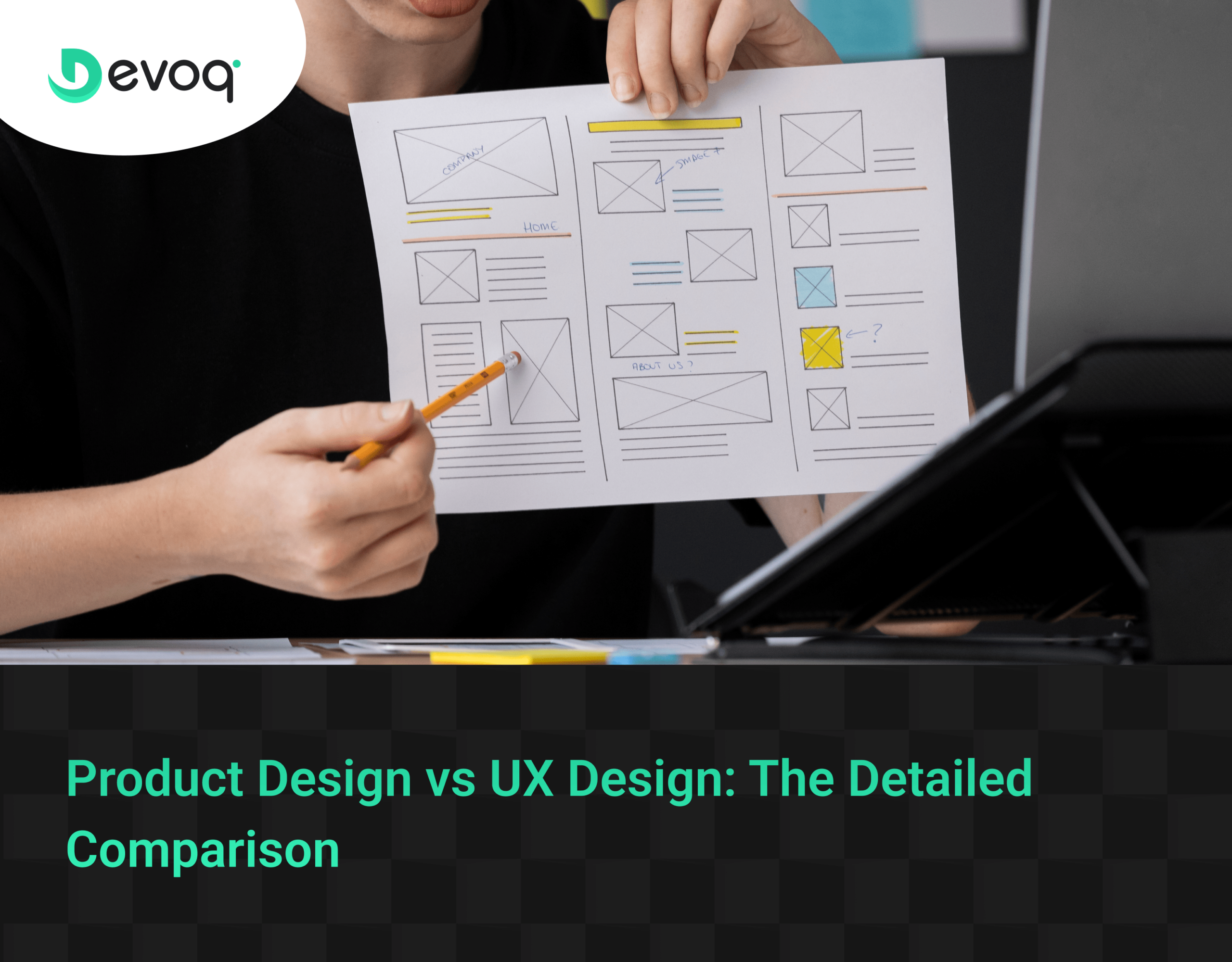There is a lot of misunderstanding between product design and user experience design, and yet they are both essential components of creating the perfect user journey. Do you know which one of these fields your business needs? Get an in-depth look at the differences between product design and UX design so you can make an informed decision.
Overview of Product Design
Product design entails the process of developing a fresh product or service. It involves the conception, development, and eventual production of a new product or service. The process of product design usually starts with an idea or need that is identified by a company or individual. From there, the product is developed through research and testing before it is eventually released to the public.
UX design, on the other hand, is the process of designing a user experience for a product or service. UX designers focus on how a user interacts with a product or service, and how they feel about that interaction. They aim to create products and services that are easy to use and enjoyable to interact with. Unlike product designers, who focus on the overall design of a product or service, UX designers typically work on specific parts of the user experience, such as the interface, navigation, and flow of a product or service.
Overview of UX Design
In recent years, the lines between product design and UX design have become blurred. Both disciplines share common ground in the user-centered design approach and many designers move freely between the two fields.
At its heart, product design is about creating products that are both useful and desirable. This involves a deep understanding of users, their needs, and how they interact with technology. Product designers create prototypes and user flows to test their ideas and ensure that the final product is intuitive and easy to use.
Actually, UX design is all about the whole user experience when using a product or service. This includes everything from the initial onboarding process to ongoing customer support. UX designers use research methods such as surveys and interviews to gain insights into how users feel about a product or service. They then use this data to inform the design of new features or redesign existing ones.
So, what’s the difference between product design and UX design? In short, product design is focused on creating products that are useful and easy to use, while UX design is focused on creating products that are enjoyable and engaging to use.
Differences Between Product Design and UX Design
Product Design and UX Design are two closely related fields. Both involve the creation of digital products, but there are some key differences between the two.
Product Design focuses on the overall look and feel of a product, as well as its functionality. A good product designer will take into account how users will interact with the product and make sure that it is easy to use.
UX Design, on the other hand, focuses on the user experience of a product. A good UX designer will take into account how users will feel when using the product and make sure that it is enjoyable to use.
So, what’s the difference between these two disciplines? Product design is focused on the physical aspects of a product, while UX design is focused on the psychological aspects of a product. In other words, product design is about how a product looks and works, while UX design is about how a user feels when using a product.
Role of User Experience in Product Development
As the product development process moves from idea to reality, the role of user experience (UX) becomes more and more important. A great UX can make the difference between a successful product and one that fails to meet customer needs.
The first step in creating a great UX is understanding who the users are and what they need or want from the product. This user research gives insights into how the product should work and what features it should have. Once this research is complete, it’s time to start designing how the product will look and feel. The goal at this stage is to create a design that is not only visually appealing but also easy to use.
User testing is an essential part of the design process as it allows for feedback from actual users. This feedback is used to improve the design before it is released to the public.
A well-designed UX can make all the difference in whether or not a product is successful. By taking the time to understand users and their needs, and then creating a design that meets those needs, you can develop products that people will love to use.
Key Components for Successful Product Design
In order to create a successful product, there are several key components that need to be considered during the design process. These include user experience (UX), user interface (UI), and visual design. Each of these elements play a vital role in the overall success of the product, and should be given careful thought and attention during the design process.
User experience (UX) refers to the way users interact with and use a product or service. It encompasses all aspects of the user’s experience, from initial discovery and exploration, through to purchase and ongoing use. A good UX design is essential in ensuring that users have a positive experience using your product or service, and are able to achieve their goals effectively.
User interface (UI) is the graphical interface through which users interact with a product or service. It includes elements such as menus, buttons, icons, and layout. UI design should aim to make the user’s interaction with the product as simple and efficient as possible. Good UI design can improve UX by making it easier for users to accomplish their tasks within the product or service.
Visual design is concerned with the overall look and feel of a product or service. It includes elements such as color scheme, typography, imagery, and branding. Visual design plays an important role in creating an aesthetically pleasing product that users will enjoy using. Ultimately, good visual design can help improve UX by making it more visually appealing and enjoyable to use.
Benefits and Challenges of Product Design and UX Design
product design and UX design are both important facets of creating a successful product. While they have some similarities, product design, and UX design also have their own unique characteristics that set them apart, there are also key differences that set them apart. understanding the benefits and challenges associated with each can help you make informed decisions about which approach is best for your project.
Benefits of product design include:
–The ability to control the look and feel of your product: This can be important for establishing brand identity and differentiating your product in the marketplace.
–Greater flexibility in terms of functionality: With product design, you have more freedom to experiment with different features and functionality than you would with UX design.
–A focus on the user experience: By nature, product design is focused on creating a great user experience. This means taking into account things like usability, emotion, and desirability when designing your product.
Challenges of product design include:
–The potential for a less intuitive user interface: If not designed properly, products can end up feeling cluttered or overwhelming to users.
–The need for ongoing iteration: In order to create a truly great user experience, it’s often necessary to iterate on the design multiple times. This can be time-consuming and expensive.
–A risk of overdesigning: It’s easy to get carried away when designing a product, resulting in an end result that is too complex or “ busy” for users.
Benefits of UX design include:
Real-World Examples of Product Optimization and UX Design
Product optimization and UX design go hand-in-hand. By understanding how users interact with a product, designers can make changes to improve the overall experience. Here are some real-world examples of how product optimization and UX design have helped improve the user experience:
Facebook Messenger – Facebook Messenger is a perfect example of how product optimization can lead to improved UX design. messenger was originally part of the main Facebook app but was later spun off into its own separate app. The reason for this was to provide users with a better chat experience by optimizing the messenger feature for a standalone app. This change led to a much better user experience, as users were no longer interrupted by other Facebook features while chatting.
Google Maps – Google Maps is another example of effective product optimization leading to better UX design. Over the years, Google has made various changes to the maps interface to make it more user-friendly. For instance, they introduced satellite view and live traffic updates to help users get around more easily. These improvements have made using Google Maps much more enjoyable and efficient for users, resulting in better UX design.
Amazon Homepage – The Amazon homepage is constantly being optimized based on user data in order to provide the best possible experience for shoppers. Through A/B testing and other user research methods, Amazon is able to gather data on what works well and what doesn’t work well on their homepage. They then use this data to make changes
Conclusion
There is no one-size-fits-all when it comes to product design. Whether you are choosing between product design and UX design or both, the choice comes down to creating an experience for your users that combines function with form in a way that will help them achieve their goals. With careful consideration of both product and UX design factors, you can create products that provide maximum value to your users while delivering great experiences along the way.



